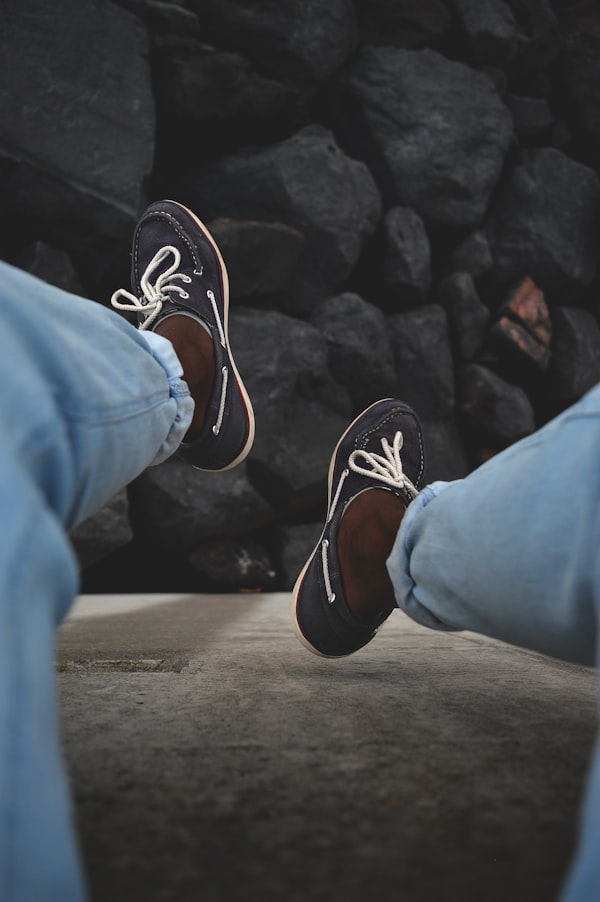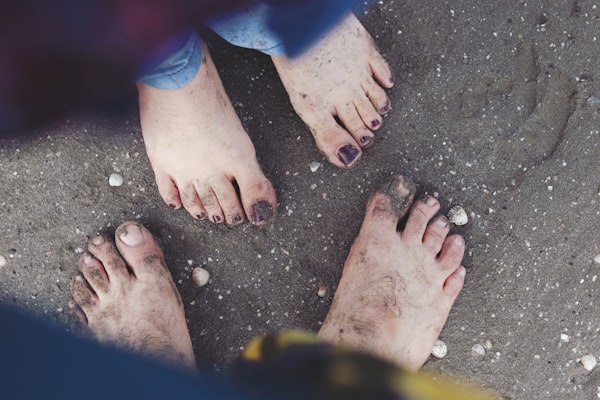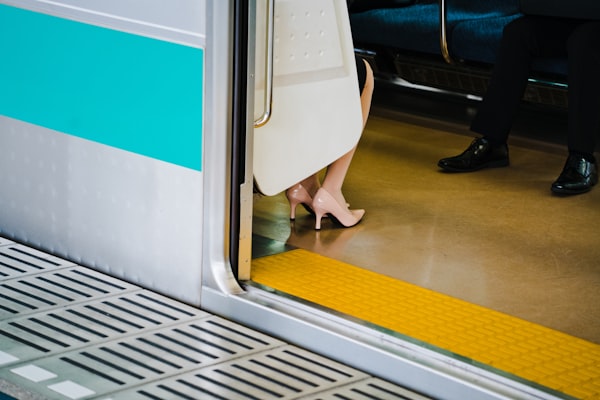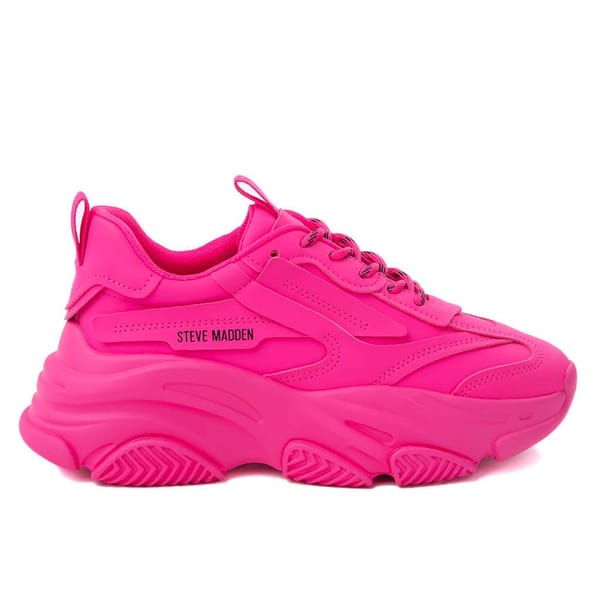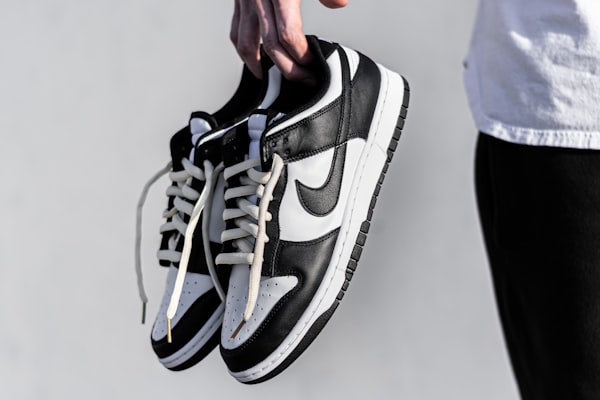Are your bunions causing a commotion every time you try to step out in style?
Imagine this: you're all set to strut your stuff in your favorite pair of shoes, but those pesky bunions keep stealing the spotlight. Fear not! In this whimsical chronicle, we journey through the labyrinth of fitting footwear, discovering the perfect balance between chic and comfort for your unique bunion woes.
Yearning for footwear that looks fabulous and treats your feet like royalty? Our quest is to unearth the treasures of the shoe world, unveiling stylish options that cater to your specific needs. No more sacrificing comfort for style or vice versa – it's time to indulge in the best of both worlds!
Ready to bid farewell to footwear fitting fiascos and stride confidently into a world where bunions and beauty coexist harmoniously? Join us as we unravel the secrets of finding the perfect fit for your feet. Get ready to pen your own bunion chronicles with flair and finesse!
What Are Bunions?
Bunions are abnormal bony growths that appear at the base of the big toe joint. They emerge as a result of pressure exerted by the big toe against its adjacent toe, leading to the enlargement and protrusion of the joint. Bunions often provoke discomfort, particularly when footwear is tight or narrow, and can induce inflammation and swelling in the surrounding area.

While the precise cause of bunions remains somewhat elusive, various factors are believed to contribute to their development, including wearing ill-fitting footwear, genetic predisposition, foot injuries, and certain foot irregularities. Women are disproportionately affected by bunions compared to men, potentially due to the frequent use of high heels or shoes that compress the toes.
Why Is Shoe Fit so Important?
Ensuring the right fit in footwear is paramount for individuals dealing with bunions. Here's why shoe fit holds such importance:
- Pressure Distribution: Shoes that fit well distribute pressure more evenly across the foot, reducing the concentration of force on the bunion. A proper fit minimizes friction and irritation, lessening discomfort and inflammation associated with bunions.
- Preventing Exacerbation: Ill-fitting shoes can exacerbate bunions, increasing pain and accelerating the condition's progression. Shoes that are too tight or narrow compress the toes, causing additional stress on the bunion and contributing to its enlargement. Conversely, properly fitting shoes provide adequate space for the toes to move freely, alleviating pressure on the bunion and preventing further aggravation.
- Stability and Support: Shoes that fit correctly offer better stability and support, reducing strain on the foot and ankle joints. Properly fitting footwear helps maintain proper alignment, which is crucial for individuals with bunions to alleviate discomfort and prevent additional foot problems.
- Comfort and Mobility: Comfort is critical when managing bunions, and proper shoe fit plays a significant role in achieving it. Shoes that fit well allow for comfortable movement and reduce the likelihood of developing secondary issues such as corns, calluses, or blisters. Enhanced comfort encourages greater mobility and facilitates an active lifestyle, promoting overall well-being.
- Preventing Complications: Poorly fitting shoes can lead to complications such as corns, calluses, and ingrown toenails, which can exacerbate bunion-related discomfort and hinder mobility. By prioritizing proper shoe fit, individuals with bunions can reduce the risk of developing these complications and maintain optimal foot health.

What Are the Criteria for A Good Fit?
A blend of comfort, support, and functionality is paramount when fitting shoes to accommodate bunions. Here are the features that can help alleviate discomfort and promote foot health:
1. Comfort
Prioritize comfort above all else when selecting footwear for bunions. Choose shoes that feel comfortable from the moment you put them on, with no areas of pinching, rubbing, or discomfort. Look for features such as padded collars, smooth interior linings, and minimal seams to minimize irritation and maximize comfort.

Additionally, consider trying on shoes towards the end of the day when your feet may be slightly swollen, ensuring they will remain comfortable even during periods of prolonged wear. Remember that comfort is critical to maintaining foot health and preventing further aggravation of bunions, so don't compromise on comfort when making your shoe selections.
2. Length
Pay attention to the shoe's length, ensuring sufficient space between the tip of your longest toe (which may not necessarily be your big toe) and the end of the shoe. A shoe that is too short can exacerbate bunion pain and lead to discomfort, while a shoe that is too long may cause your foot to slide forward, putting pressure on the bunion area. Aim for a fit with about a half-inch of space between your longest toe and the end of the shoe to accommodate natural foot movement and prevent unnecessary friction.
3. Width
Consider the width of the shoe in addition to its length. Look for shoes that come in wide or extra-wide widths to accommodate the width of your foot and the bunion deformity. Avoid shoes that are too narrow, as they can compress the bunion joint and cause discomfort. A shoe with a wider width provides ample room for the bunion to rest comfortably without putting undue pressure on it, promoting better overall foot health and comfort.

4. Contour of the Footbed
Pay attention to the shape and contour of the footbed when choosing shoes for bunions. Look for shoes with a contoured footbed that follows the natural curves of your foot, providing adequate support and stability. A footbed with arch support helps distribute weight evenly and reduces pressure on the bunion area, promoting proper alignment and comfort. Additionally, consider shoes with a metatarsal pad or cushioning under the ball of the foot to alleviate pain and discomfort associated with bunions. Prioritizing a well-contoured footbed ensures that your shoes provide the necessary support and cushioning to accommodate bunions while keeping you comfortable throughout the day.
5. Traction
Ensure shoes provide adequate traction to prevent slips and falls, especially if bunions affect your balance and stability. Look for shoes with a durable and grippy outsole that offers reliable traction on various surfaces, including wet or slippery conditions. A shoe with good traction helps you maintain stability and confidence while walking, reducing the risk of accidents or injuries. Whether navigating slick sidewalks or uneven terrain, prioritize footwear with dependable traction to keep you safe and secure every step of the way.
6. Room for Orthotics
If you use orthotic inserts or custom-made orthotics, ensure the shoes have removable insoles and enough space to accommodate them comfortably. Orthotics can provide additional support and cushioning for bunions.
Why Should I Have My Feet Measured?
When finding the perfect shoe fit, foot size reigns supreme. Yet, foot dimensions aren't set in stone; they can shift due to age, weight fluctuations, pregnancy, or medical conditions. Regular foot measurements are crucial, especially if you're experiencing discomfort. This practice ensures you snag the correct shoe size, thwarting blisters, calluses, or pinching.
Additionally, since one foot might outsize the other—thanks to genetics, injury, or overuse—it's imperative to cater to the larger foot for optimal comfort. Thus, if there's a discrepancy, opt for the size accommodating the larger foot and tweak as needed for the other.
When gauging your feet, do so while standing to obtain the most precise measurement. This practice guarantees your shoes fit snugly and comfortably, sparing you any woes down the road.
Bunion-Friendly Shoe Recommendations
Navigating the vast array of footwear options can be daunting when seeking relief from bunion discomfort. That's why we've compiled a curated collection of top-notch shoes tailored to ease bunion woes. Whether you're a gentleman in pursuit of comfort and sophistication or a lady balancing style and foot health, our thorough evaluations have you sorted. Bid farewell to discomfort and embrace stylish comfort with our meticulously selected bunion-friendly footwear recommendations, dedicated to accompanying you every stride of the journey.


Tips from Our Editors
- Explore various sizes and styles to discover the ideal match for your unique foot shape and the severity of your bunions.
- Ensure you try on shoes with the same socks you'll wear regularly and take a stroll in-store to gauge their comfort and support.
- Remember to bring along your orthotics or inserts if you rely on them for support when shopping for shoes.
- Opt for shoe shopping in the afternoon or evening when your feet are typically at their largest, ensuring an optimal fit.
- Post-bunion surgery, anticipate swollen, tender feet. Selecting appropriate footwear is crucial for a smooth recovery. While conventional options like sandals, sneakers, and orthopedic shoes provide relief, many patients find solace in Crocs. Their cushioned footbed and wide toe box offer comfort and aid in pain relief and healing.

On a Final Note
As we bid farewell to our bunion-filled adventures, remember fashion should never be a pain! Let your footwear be a testament to both style and comfort. Embrace your bunions, for they are the quirky footnotes to your fabulous journey.
Step out with confidence, knowing that every shoe you choose tells a story – one of resilience, creativity, and, of course, impeccable taste.
Until our next chapter, may your steps be stylish and your comfort unparalleled. Happy strutting!
Related Articles





